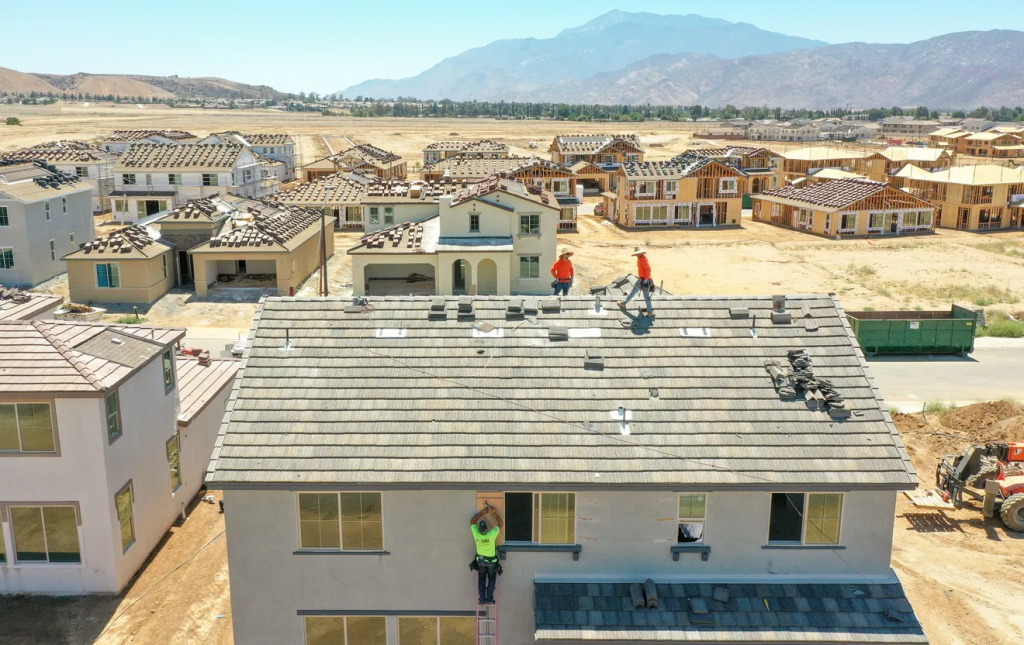
A major new piece of housing and climate legislation was introduced in California this month, and it’s been a long time coming. AB 68 (Ward) finally sets forth a powerful template for where the state should encourage new housing and where it should avoid planning for more, based on climate and environmental hazards. It represents the culmination of a long-sought alliance between major housing advocates like California YIMBY and conservation groups like The Nature Conservancy.
So where should the state build more housing, according to AB 68? It defines those places in the following “climate smart” ways:
- In a high or moderate income area, as defined by state affordable housing tax credit maps, to prioritize more housing in high-opportunity and well-resourced areas and minimize displacement of low-income renters
- Within 1/2 mile of major transit or an area where residents drive below-average distances on a per capita average, in order to reduce overall driving miles in the state
- Within a mile of a cluster of at least six types of locations like restaurants, bars, coffee shops, supermarkets, parks and hardware stores, among others, to ensure rural and exurban infill areas aren’t left out, as well as places without access to transit.
If a housing development is proposed in these areas, the project gets “ministerial” approval (i.e. exempt from environmental review), and a local government cannot limit the development beyond any of the following:
- Setback greater than four feet from any side
- Height limit less than 50 feet
- Maximum lot coverage of less than 60 percent
- Minimum parking requirement
- Floor area ratios (i.e. the building’s total floor area in relation to the size of the lot/parcel, indicating overall density) less than 1.0. to 1.5, depending on criteria met
There are additional requirements to protect existing affordable housing and ensure consistency with SB 375 plans, among others.
And where should planning for denser development in the state be limited? AB 68 describes these “climate risk lands” as within high-severity wildfire and flood zones, or having a sea level rise risk according to the latest science. They also must be not currently zoned for housing or have existing urbanized communities on them.
In these areas, local governments cannot increase existing housing densities or allow subdivisions, and they cannot approve any extension of water or sewer services, unless certain exceptions can be met, such as an approved housing element and a statement of housing necessity, among other conditions.
In short, AB 68 finally provides the much-needed, legislatively endorsed map for where the state should grow and where it should avoid putting more people into harm’s way. If successful, AB 68 will arguably be the single biggest climate bill that the state has passed in over a decade, given the centrality of land use and housing to meeting our climate goals. The fight to pass it will not be easy, but AB 68 has a powerful coalition to support it, along with a well-conceived solution to the state’s urgent and related challenges of climate and housing.


